Apparently, I’m Sainsbury’s second-largest buyer of Chicken Tonight. My top track for 2022 was “Let’s Dance” by The Spooky Men’s Chorale (although it dropped to third place the following year). Last year, I was among the top 3% of learners on Duolingo. So, in this data-centric world, what do you know about your members, and what actions are you taking as a result?
1. Declining Membership Engagement and Retention
Declining membership and member retention may (depending on which survey you read) be less of an issue than in previous years, but now’s not the time to become complacent. It’s not simply a question of how insulated your members are from the “cost of living crisis.” How do your members see value in their membership in your organisation that makes them stay?
Could you examine what they have done in the past that might encourage them to repeat those actions? Can you build on that to propose related activities throughout the year? Your membership system should enable you to achieve these objectives, and if you have not already started, now is the time.
Furthermore, could you identify what encouraged your members to join? If there is a specific factor, will that influence their first renewal? Looking ahead, when the initial trigger fades into memory, what motivates them, at the most fundamental level, to keep paying you money?
Have you managed to stop calling it Twitter yet? Are your members the sort who have moved away from X to somewhere else, and if so, where? And have you followed them there so you can continue to engage with one another?
2. Adapting to Digital Transformation
If you see “Digital Transformation” as a one-off project, you already have a problem. Instead, consider it a set of “digital evolution” projects, and a much greater proportion of them are likely to succeed. The business benefits will be easier to state clearly, measure, and learn from, ready for planning the next cycle.
Part of your evolution must be getting every gram of value out of your membership system. Don’t forget (or be afraid) to re-examine any overly complex business processes, either. Every field stored needs to show a return on investment. Process automation within your membership system can reduce staff effort and manual errors and free up the capacity to do more without overwhelming your team.
3. Demonstrating Value in a Competitive Landscape
You may feel you don’t exist in a competitive landscape. If you represent a profession where registration is a requirement, you might feel you have your members ‘locked in.’ However, you’re still competing with “doing something else,” whether a different job or retirement, especially if your member’s revenue stream is under pressure. For professions where membership is discretionary, it’s even more important to maintain your members’ motivation to renew.
At the most basic level, informing your members of the benefits of their membership is something most organisations address. However, not every member will have the same motivations, so personalisation becomes essential for the next level. Your membership system should remind members what benefits they have made use of during the year and how that might meaningfully translate to them – whether it’s direct financial savings, networking opportunities, or career development. Additionally, your system ought to provide a comprehensive statement of the value used and potential benefits at renewal time.
4. Diversifying Revenue Streams
Non-dues revenue is increasingly not just desirable but essential. Your membership system should be able to analyse past activities that individual members might be encouraged to repeat. Then, it should build on that to suggest related activities during the year. If you sell books or other items, suggest relevant ones, taking into account professional development, not just the member’s current level.
Your knowledge of your members will help you maximise the benefits of your affiliate marketing. Are you neglecting this or merely relying on a generic benefits platform? While it may generate some income, you are likely missing opportunities by not fully leveraging the data you already possess or could feasibly begin to collect.
5. Addressing Diversity, Equity, and Inclusion (DEI)
Consider how engagement varies as your members go through their non-membership lives, from student/trainee to maturing in their career, getting older, and dealing with other life and external events. How can you help them (i.e. demonstrate your value) by supporting this progression and explaining how it impacts work and their career development, which hopefully you’re already dealing with?
DEI/EDI shouldn’t be as contentious an issue as it is currently. It’s a given that professions benefit from broad representation within the ranks of practitioners. Look at what data your system is already collecting; allow it to highlight the gaps so you will know where to focus your efforts to include missing sectors. If you believe you are not collecting sufficient data, do not hesitate to do so once you have a valid reason – make the fields accessible in your membership area (as you have a “portal” or similar that allows self-service updates, yes?) then encourage their completion as part of a campaign to refresh your data. The increased accuracy will ultimately bring wider benefits to both them and you.
If you’ve read this and thought, “Our system can’t do that,” there’s only one obvious conclusion! Having evidence based, well-rounded knowledge of who your members truly are can yield significant benefits when combined with automation. That’s the power and value you gain from having an engagement management system rather than just plain membership management. Remember, you are not expected to know everything and manage it all by yourselves – experienced help is available.
Apparently, I made 1,482 mistakes on Duolingo last year. If only it were so few, but thank you, little green owl, for trying to make me feel better. I think I’ll renew that subscription and keep you around for the time being.
iFINITY is an authorised solution provider for Advanced Solutions International and are based in the UK. We have 31 years of experience improving the performance of associations using modern state of the art solutions such as iMIS EMS, Clowder, TopClass, Openwater and Higher Logic.

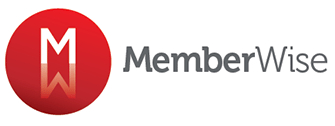
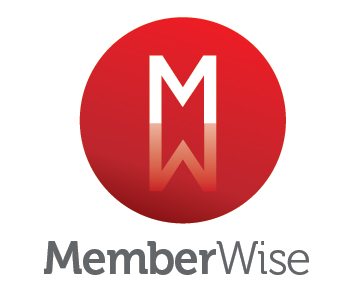
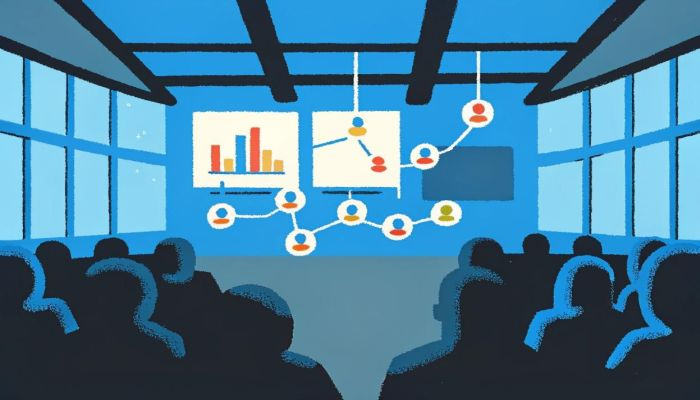
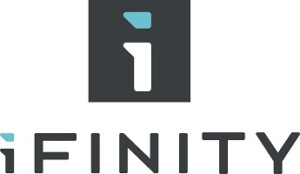


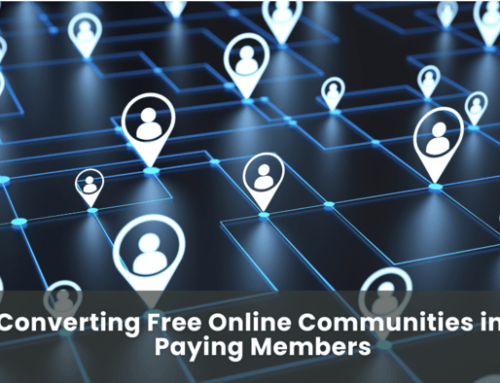

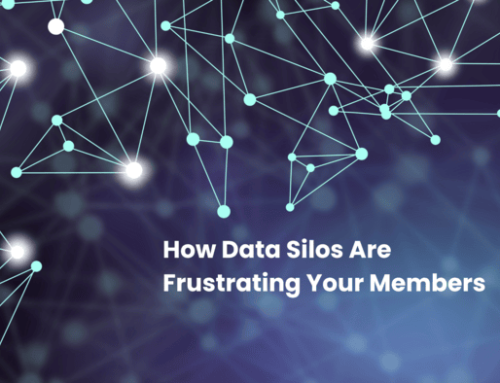
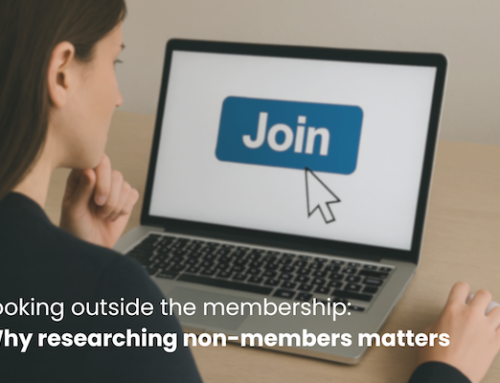
Leave A Comment